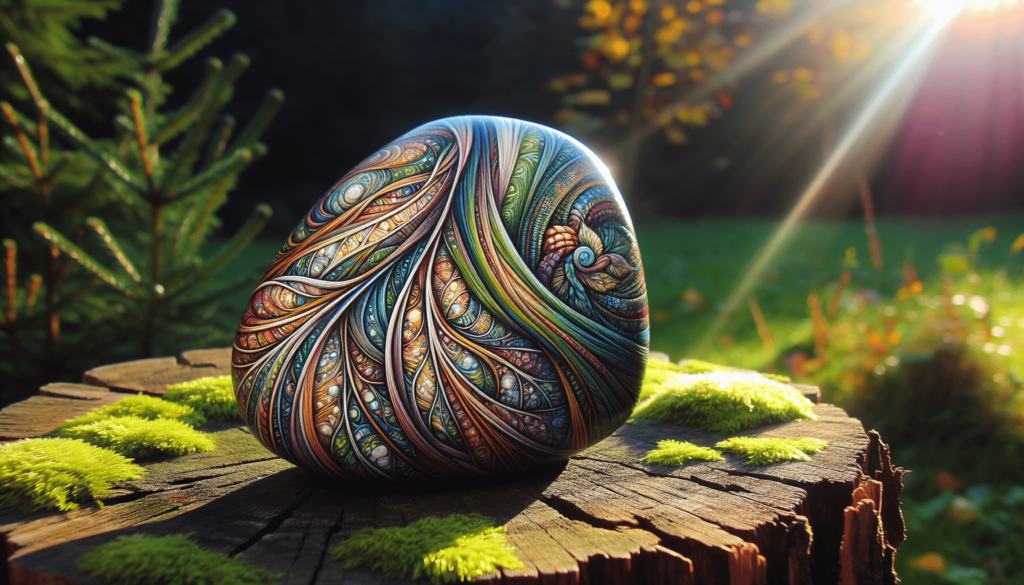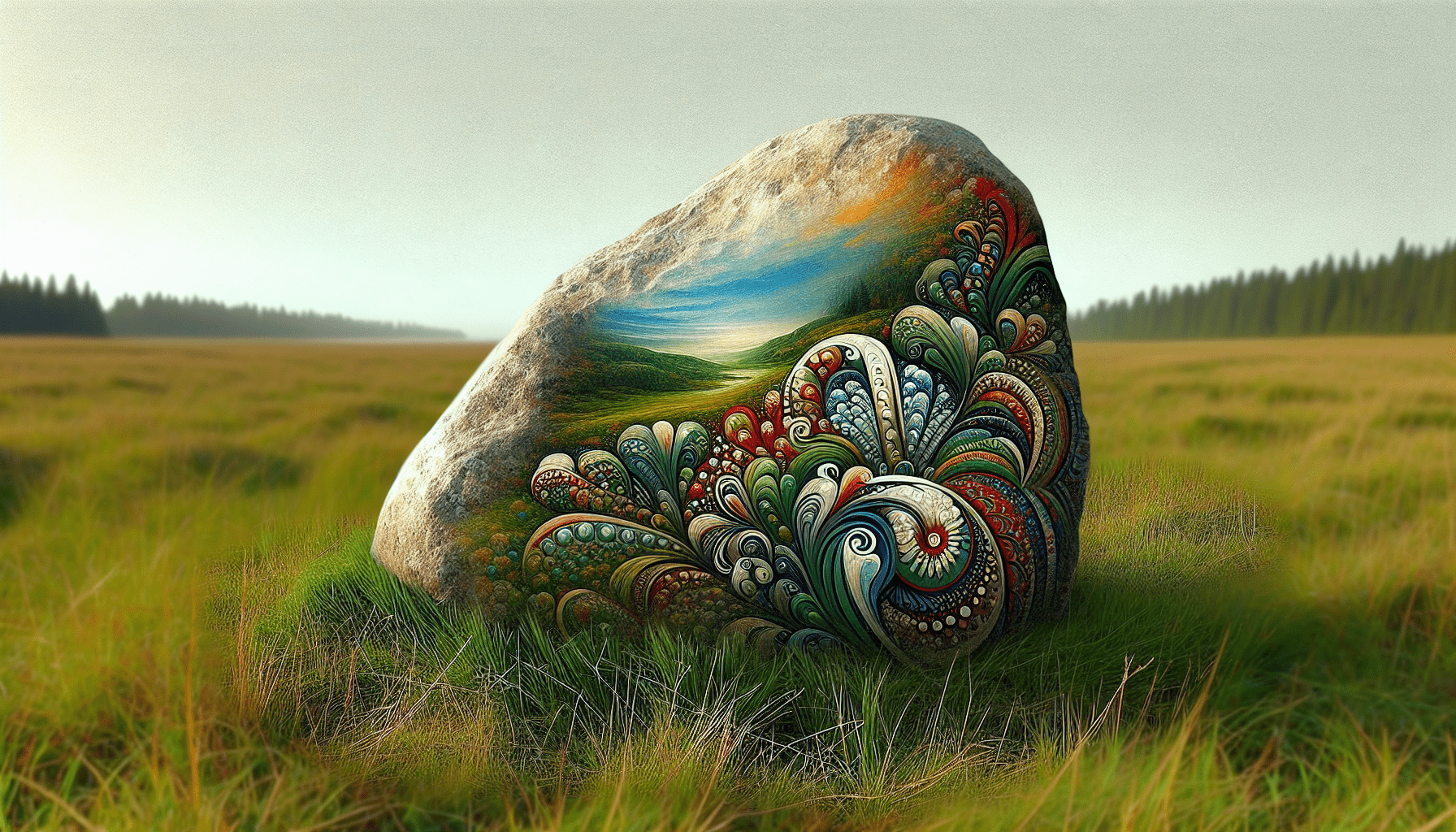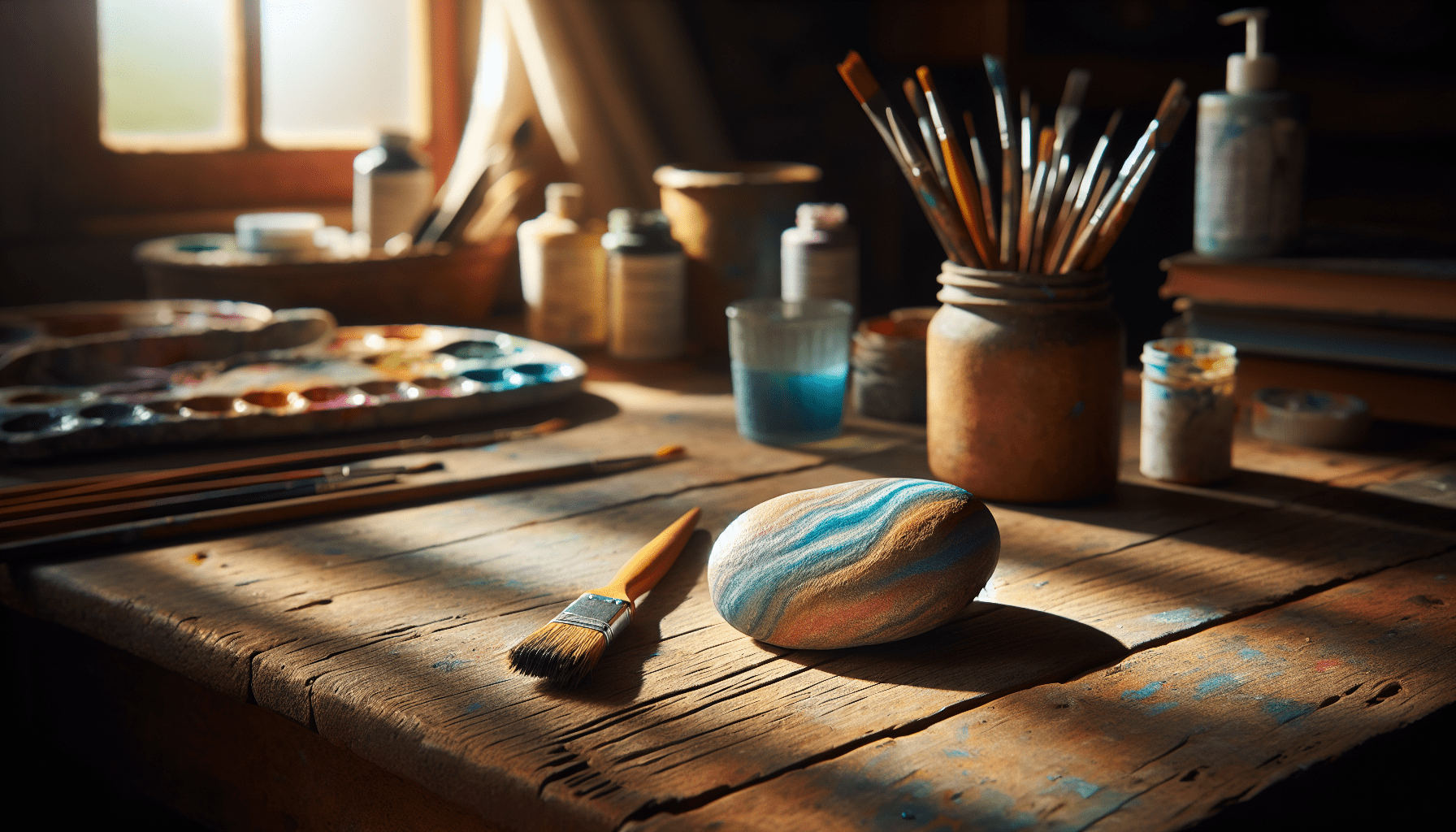Does acrylic paint last on rocks? This question might have crossed your mind if you are an artist or a hobbyist who enjoys painting. Acrylics are popular due to their versatility and vibrant colors, but when it comes to painting on rocks, several factors determine their longevity and effectiveness. This comprehensive guide will help you understand these factors and provide tips on how to ensure your rock paintings last for years to come.
Understanding Acrylic Paint
What is Acrylic Paint?
Acrylic paint is a fast-drying paint made of pigment suspended in acrylic polymer emulsion. It is water-soluble when wet but becomes water-resistant when dry. This property makes it ideal for various surfaces, including canvas, wood, metal, and stone.
Composition of Acrylic Paint
Acrylic paint consists of three primary components:
- Pigments: These provide color to the paint. They can be natural or synthetic.
- Binder: This is the acrylic polymer that holds the pigment particles together and helps the paint adhere to surfaces.
- Vehicle: Often water, this allows the paint to be applied smoothly and evaporates as the paint dries.
Factors Affecting the Longevity of Acrylic Paint on Rocks
Type of Rock
The type of rock you choose can significantly impact the longevity of your acrylic paint artwork. Smooth stones may hold paint differently compared to rough or porous ones. Here’s a quick comparison:
| Rock Type | Paint Adhesion | Durability |
|---|---|---|
| Smooth | High | Long-lasting |
| Rough | Moderate | May require sealant |
| Porous | Low | Short-lasting |
Surface Preparation
Proper surface preparation is crucial for ensuring that your acrylic paint adheres well to the rock:
- Cleaning: Remove any dirt, oil, or residues from the rock surface.
- Sanding: Lightly sand the rock surface to create a slightly rough texture for better adhesion.
- Priming: Using a primer can help create an even surface and improve paint adhesion.
Climate and Environmental Factors
Environmental factors such as humidity, temperature, and exposure to sunlight can impact the longevity of acrylic paint on rocks.
- Humidity: High humidity can soften the paint, making it prone to damage.
- Temperature: Extreme temperatures can cause the paint to crack.
- Sunlight: Prolonged exposure to UV rays can fade the colors over time.

Techniques for Ensuring Longevity
Using Sealants
Acrylic paint can last longer on rocks if you seal the painted surface with a protective coat. Sealants provide a protective layer that shields the paint from environmental factors and physical wear.
- Types of Sealants: Polyurethane, varnish, and acrylic sealant.
- Application: Apply a thin, even coat of sealant once the paint is completely dry.
Layering and Blending
Proper layering and blending techniques can enhance the durability of your acrylic rock paintings.
- Thin Layers: Apply multiple thin layers of paint rather than a single thick one. This helps in better adhesion and longevity.
- Blending: Blending colors properly ensures that the paint bonds well, reducing the chances of peeling or flaking.
Proper Drying Time
Allowing adequate drying time between layers and before applying a sealant is essential. Rushing this process can lead to peeling and cracking.
- Drying Time: Generally, acrylic paint dries within 15-20 minutes for each layer. However, it’s recommended to wait 24 hours before applying a sealant.
Common Problems and Solutions
Paint Peeling
Peeling can occur if the paint does not adhere well to the rock surface. This can be mitigated by proper surface preparation and using a primer.
| Problem | Reason | Solution |
|---|---|---|
| Peeling | Poor adhesion | Use primer, clean surface thoroughly, apply thin layers |
Fading Colors
Colors may fade due to prolonged exposure to sunlight. Using UV-resistant sealants can help preserve the vibrancy of the colors.
| Problem | Reason | Solution |
|---|---|---|
| Fading Colors | UV exposure | Use UV-resistant sealant |
Cracking
Cracking can occur due to temperature fluctuations. Ensuring proper drying time and avoiding extreme temperatures can reduce this risk.
| Problem | Reason | Solution |
|---|---|---|
| Cracking | Temperature fluctuation | Allow proper drying time, avoid extreme temperatures |

Practical Tips for Painting Rocks with Acrylics
Choosing the Right Tools
Using the right tools can make a significant difference in the outcome of your rock painting project.
- Brushes: Select high-quality synthetic brushes for fine details and larger brushes for broader areas.
- Sponges: Useful for creating textures and blending colors.
- Palettes: A mixing palette will help you blend colors seamlessly.
Selecting Quality Paint
Investing in high-quality acrylic paints can ensure better coverage, color vibrancy, and longevity. Look for brands that are known for their durability and pigmentation.
Sampling and Testing
Before committing to a full rock painting project, testing your techniques and materials on a smaller rock can help you understand how the paint behaves and make necessary adjustments.
Step-by-Step Process
- Clean the Rock: Use water and soap to remove dirt and let it dry completely.
- Sand the Surface: Lightly sand to create a rough texture for better adhesion.
- Apply Primer: Use a suitable primer and let it dry.
- Paint in Layers: Apply thin layers of acrylic paint, allowing each layer to dry before applying the next.
- Detailing: Use fine brushes for adding intricate details.
- Seal the Painting: Once the paint is completely dry, apply a protective sealant.
Conclusion
The longevity of acrylic paint on rocks depends on various factors, including the type of rock, surface preparation, environmental conditions, and the techniques you use. By understanding these factors and following proper procedures, you can ensure that your rock paintings remain vibrant and intact for years. Whether you are a professional artist or a hobbyist, these insights will help you achieve the best results with your rock painting projects.



